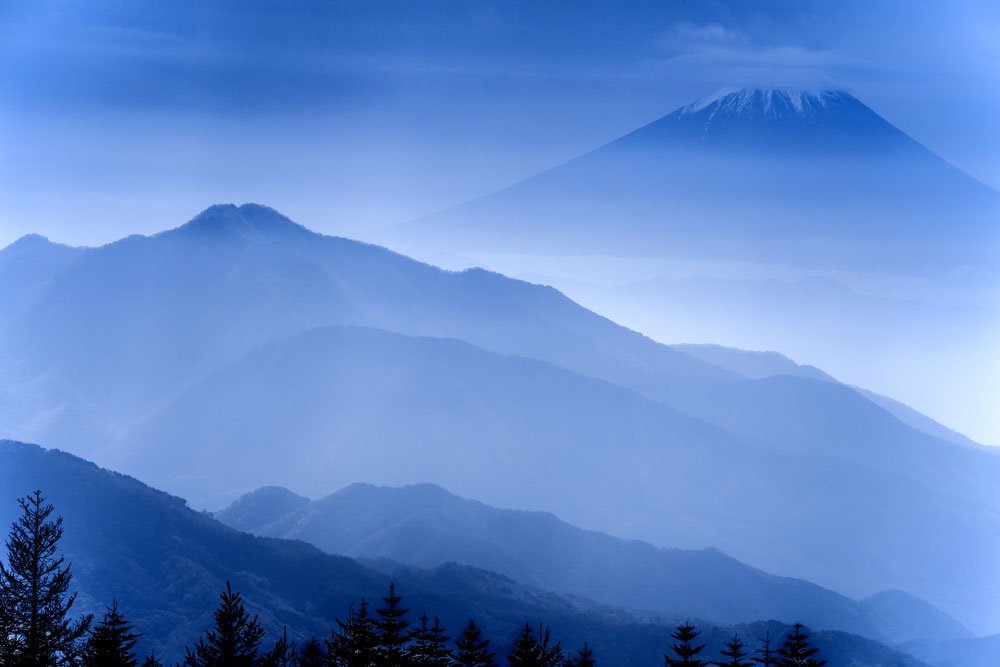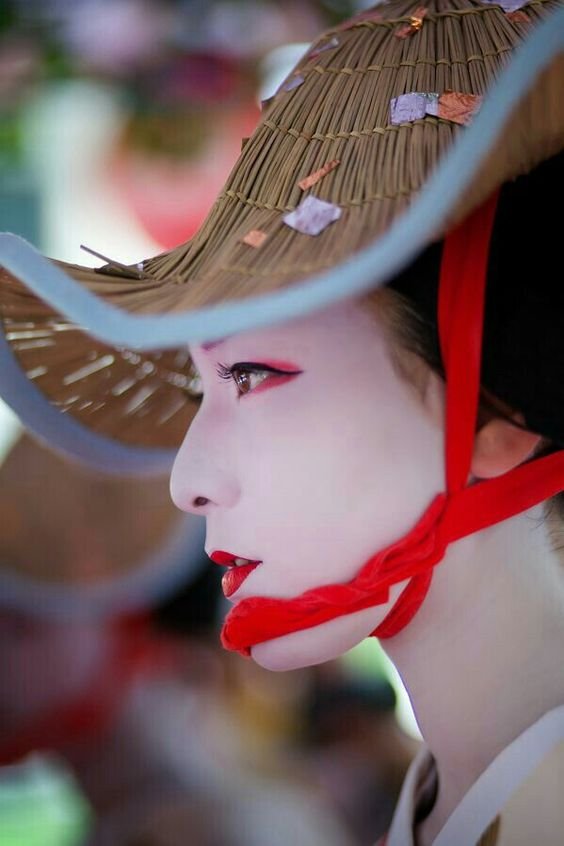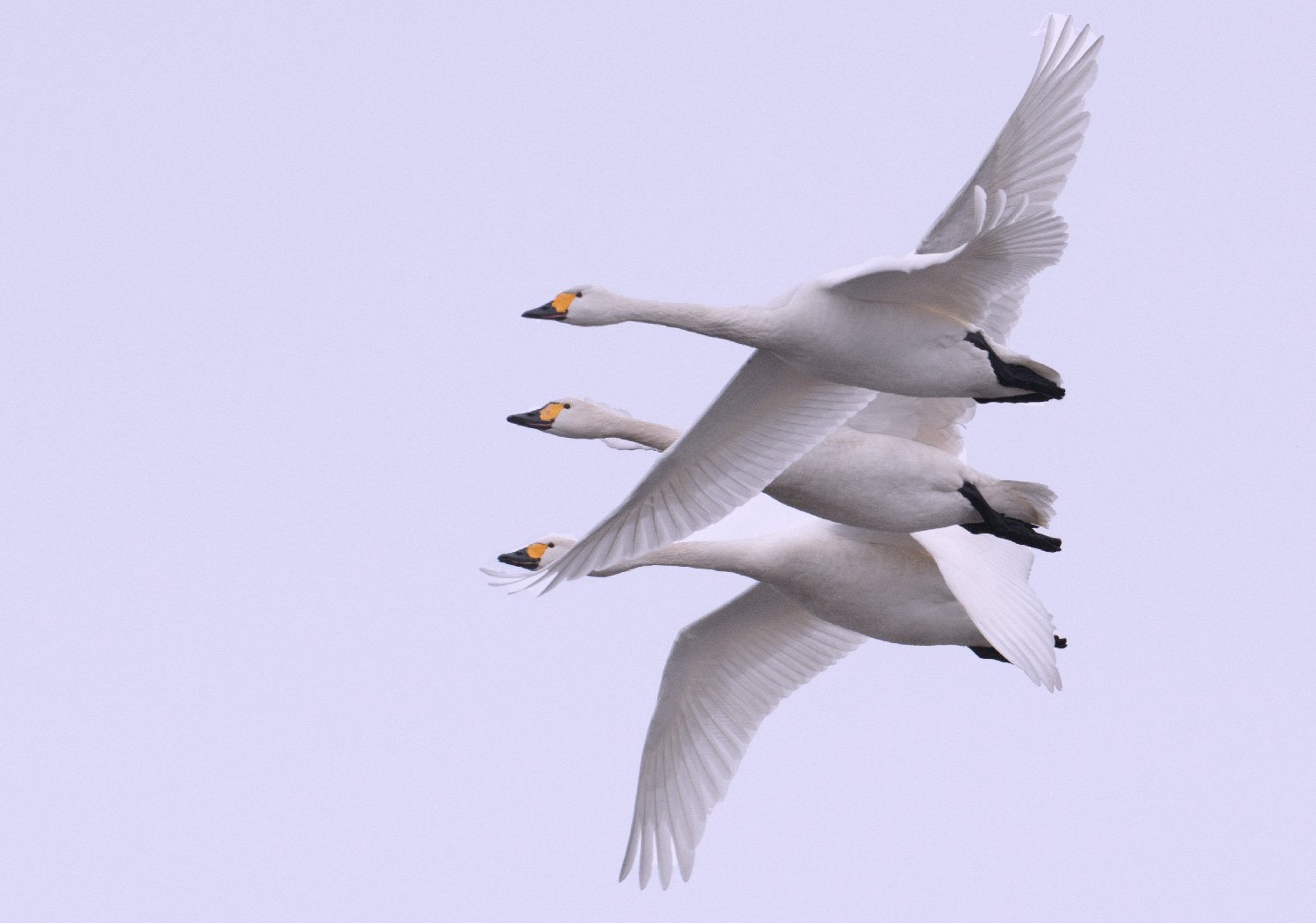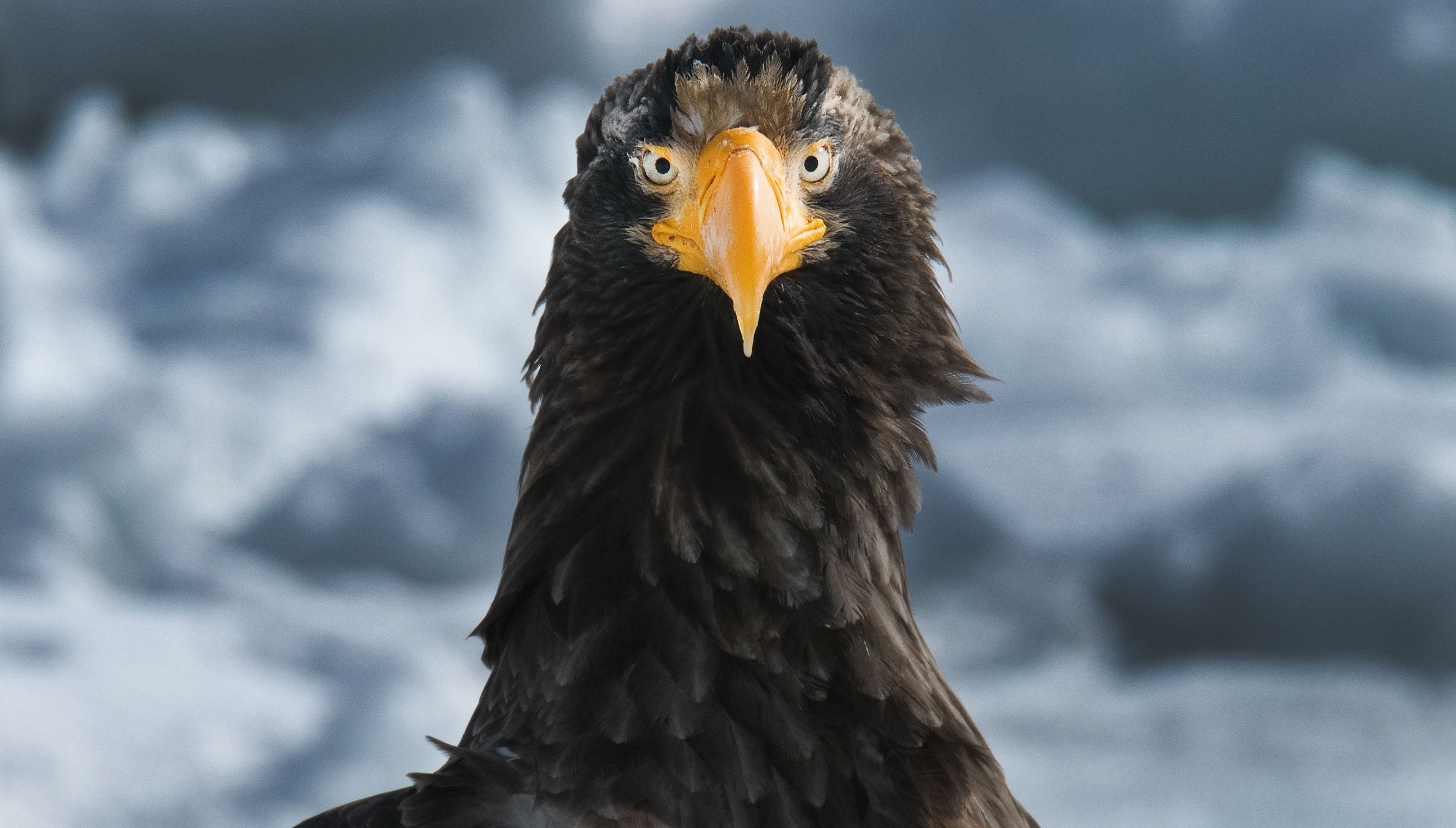Fully Booked! Hokkaido photography Tour/workshop February 14 - February 25, 2026. Join JDS in 2026 on Japan's most popular all-inclusive Hokkaido photo tour. Highlights include Hokkaido Birding Steller’s sea eagle, Shima Enaga, Red-crowned Cranes, Hokkaido Deer and dozens of other species, plus minimalist landscape photography in winter wonderland Hokkaido, Mt. Fuji, Snow Monkeys, and a day in the World of the Samurai at an original Samurai Castle and a sacred shrine in the Valley of The Dragons a Shiretoko Nature Cruise Hokkaido. Plus much, much more!
Why not celebrate February 14th 2026, with traditional Japanese cuisine and a toast at the base of Mt. Fuji to christen the Japanese Photography expedition of a lifetime? It will be an unforgettable Valentine's Day!
Hokkaido is a beautiful, breathtaking place to visit especially when the snow falls it becomes the ultimate paradise for minimalist winter wonderland landscapes photography, and perfect place to be for birding and other wildlife adventrues. Since 1998, our Japan native workshop leaders have been leading photography adventures throughout Japan. In the winters of, 2016, 2017, and 2018 they photographed the largest ever recorded of Ezo Sika Deer, well over 500. This is a rare event, timing and weather are paramount to capture this moment; we wish for you also to be honored to view such a spectacular sight.
Tour highlights Mt. Fuji, Snow Monkeys, Matsumoto Castle, Zen Buddhist Gardens, The Red-Crowned Cranes, The Steller's Sea Eagles, Sika deer, Whopper Swans, White Tailed Eagles, winter wonderland Hokkaido landscapes. This Japan photo tour workshop is all about our journey and photography, our workshop leaders maximize the amount of time in the field, while other tour groups are slumbering or in seminars, you will be in the field positioning yourselves for the photo opportunities of a lifetime!
Japan is 3,000 kilometers long with 6,852 Islands; however, only 30% of Japan is populated. Japans wildlife is incredibly diverse and has flourished for millenniums. Thousands of animal species thrive in Japan, such as the Japanese Macaque or Snow Monkey and the largest herds of Sika Deer on our planet and over 600 bird species have been recorded to date. Winter in Japan is a wildlife photographers dream come true, and let us not forget the breathtaking landscapes and samurai, Buddhists, and Shinto architectural, cultural photo opportunities. Japan positively is the Exotic Winter photography adventure of a lifetime.
All our Japan photo tours and workshops are highly customized; we have been leading photo tours throughout Japan for over 22 years, and our staff knows the right spots. All our staff is highly trained, and we drive only the newest SUVs with business class seating for your comfort and safety.
The Adventure Begins
After meeting at Tokyo Haneda Airport, we waste no time in Tokyo. We drive directly for Mt. Fuji ( a must see and photograph for anyone visiting Japan). We will photograph the snow-capped world heritage site FujiSan, at the best golden hour spots. We will tour around the Fuji five lakes stopping to film in the Sea of Trees Jukai the forest on the northwestern flank of Mount Fuji. The forest is 30 square kilometers of hardened lava laid down by the last major eruption of Fujisan in 864. The trees and plants grow in natural volcanic planting pots and peat moss, in a volcanic forest there is no soil. The forest is extremely photogenic, especially in winter with few visitors and school trips. The forest is very dense and the porous lava absorbs sound, adding to the solitudes.
After shooting sunrise on Mt. Fuji and breakfast we depart for Suwa Taisha Grand Shinto Buddhist Shrine Complex, it is said to be the oldest shrine complex in existence across Japan. There are over 10,000 Suwa shrines across Japan, and we will visit the head shrine and photograph its precious national treasures, plus we will surely film Shinto maidens and priest in their traditional wear. Then we will drive under an hour and enter the world of the Samurai at Matsumoto Castle, locally known as Crow castle or Kurasu-Jo, due to its grandeur poised black exterior. Built in 1504, its unique architectural design does not exist elsewhere in Japan, having both a secondary donjon and turret adjoined to its central keep. While photographing the interior of this original samurai castle, we will practice our low lighting techniques, which Blain will explain.
A little over an hour drive from Matsumoto, we enter Snow Monkeys territory in Jigokudani Joshinetsu-Kogen National Park, where you will have up-close and personal encounters with wild Japanese macaques as they relax in the hot springs to fight the cool winter temperatures, and some active monkeys are always horsing around. The Japanese Macaque is the most northern-living nonhuman primate; they survive the snowy winter climate by soaking in the warmth of the healing hot springs, also in the region are volcanic steam vents keeping them warm on those cold nights in the trees.
After Visiting with the snow monkeys, we drive to Tokyo Haneda Airport and fly to Japan's most northern Hokkaido. Wow, get ready Look Up? Red-Crowned Cranes, also known as snow ballerinas. Their courtship dance is as graceful as ballerinas. They bow to one another, then raise their heads towards the sky and call in unison, the pair or the entire flock will leap into the air at the same time commencing in the courtship dance.
Following are two days photographing the Red-Crowned cranes, and other wildlife plus a sunrise that is rated top 3 on our planet in the Kushiro region, we make our way inland to the high alpine lakes of Hokkaido’s northwest. Comprising of Akanko, Kushiroko, and Mashuko Lakes, which are among the clearest and cleanest on our planet, and lake Mashuko is the 2nd cleanest on our planet, the mountainous landscape is breathtaking, and home to the first nations people of Japan the Ainu. The Ainu are world-class wood carvers and storytellers; we will visit with them photographing their museum-quality arts and crafts. We will experience the Ikor theatre, the Ainu performance of spiritual, cultural awakening, during the evening’s lomante fire performance where we will have press box seats, followed by fireworks by the lakeside. In the am, we will make ice bubbles don't forget your macro lens.
After breakfast at our huge leisure lodgings in Akano and check out, we drive through Hokkaido's eastern alpine route to the Pacific Coast for birding and other wildlife encounters plus winter wonderland landscapes, and you will have a chance to meet locals that is reminiscent to Alaska's yesteryears. The Steller’s Sea Eagles are huge and beautiful and one of the most fierce birds of prey on our planet natively they feed on pack-ice in the rich fishing waters of Japan's north. We will board our chartered vessel to photograph the Steller’s Sea-eagle in their natural feeding ground on pack ice. The white-tailed eagle which is smaller and native to Japan also feeds on pack ice next to the Steller's sea eagle; tensions are high when fishing and the white-tailed eagle hold there own with the much larger and legendary sea eagles. You will have hundreds of spectacular images of eagles clutching fish in their talons in flight and while feasting, and film some eagles in strife.
The area is home to the largest herds of Sika deer on our planet, and we will also photograph the Ezo Red Fox, white-tailed eagle, black kite, golden eagle, Shima Enaga-Bushtit and many other subarctic species. Sunrises and sunsets are extraordinarily beautiful on this stretch of coastline.
We advise participants to arrive a day earlier in Japan before the tour date and leave the day after the tour concludes. For hotels recommendations, we will advise participants on request.
Day 1, February 14: Arrival and pick up Tokyo, Haneda Airport International Terminal 10 a.m. place to be announced to participants. After meeting, we drive to Mt. Fuji we will spot the mute swan (Cygnus olor) which is a species of swan and a member of the waterfowl family Anatidae, you will have an up close and personal encounter with them, due to local conservationists like me who feed these swans and other birds during winters, and they know us well. We will also visit the Dragon’s cave and the Sea of Trees. We will pick a spot for our sunset photo op. If time permits, we will visit all the Fuji five lakes, Yamanakako, Kawaguchiko, Saiko, Shojiko, and Motosuko lakes. Lake Motosuko is showcased on the back of the one thousand yen banknote with Fujisan in the backdrop. We will also visit ice caves and the sea of trees. Overnight at Mt. Fuji Hotel TBA (1 night) – Our lodgings have private and communal hot springs/male and female baths separately. Western-style Rooms with bath and shower. Dinner and breakfast at our hotel, lunch at a local establishment.
Day 2, 3 February 15, 16: After breakfast at our lodgings at Mt. Fuji, we depart for Suwa Taisha Shinto Shrines then travel to Matsumoto Castle, an original Samurai Castle completed in the sixteenth century, which maintains its original wooden interiors and external stonework. It is listed as a National Treasure of Japan. It is one of the twelve remaining original tenshu (castles with keeps) in Japan. After a day experiencing ancient Japan and the world of the Samurai, Shinto priests, and power spots, we make our way to our accommodations at Shibu Onsen village, home to the snow monkeys. Here we will visit and photograph the wild Japanese macaque in their natural habitat and photograph them bathing in hot springs and around the mountain region of Shibu onsen village and Jigokudani Snow Monkey Park. There are approximately 300 monkeys in the area in 3 different troops. We will also visit a local Buddhist shrine that houses national treasures over 1,000 years old. Hotel at Snow Monkey Village TBA (2 nights) Rooms will have a shower bath, western or Japanese style room; plus, our lodgings will have communal hot springs/male and female bath separately. Breakfast and dinner at our hotel, lunch at a local restaurant.
Day 4, 5, February 17, 18: Transfer to Tokyo, Haneda Airport (HND) and fly to Kushiro, Hokkaido Airport (KUH) in the evening. The next day we will photograph The Red-Crowned Cranes, also known as the snow ballerinas, plus there are owls in the region. Hotel Two Nights Kushiro (TBA). Our lodgings have communal hot springs/male and female bath separately. Rooms have a shower and are western style. Breakfast will be in our hotel; lunch will be at a local establishment, dinner will be outside at one of Hokkaido's and Japan's most famous Izakaya restaurants.
Day 6, February 19: After breakfast and check-out of our lodgings in Kushiro we will photograph The Red-Crowned Cranes. Then after lunch we will make our way to Lake Akan. We will experience winter alpine Landscape photography, along with Giant Whooper Swans at Lake Kushiro. We will visit the Ainu first nations people of Japan and experience their culture and history. One night at Tsuruga Wings, the same lodgings expedition leaders and I have used when on assignment with National Geographic and other prestigious photographic agencies. Our lodgings are huge, and they have not one but two The North Face shops and a variety of other shops, including Ainu hand-carved wood crafts. Our hotel is known across Japan for its healing onsen. There are several communal hot springs/male and female bath separately; there are also paid private hot springs. Rooms have showers and western baths — breakfast and dinner in hotel Japanese, Italian and Chinese foods, lunch at a local restaurant.
Day 7, 8, February 20 - 21: After breakfast and check-out in Akanko, we will make our way to the foothills of Hokkaido's eastern alpine route and check into a 4 star mountain lodge, where we will photograph the Blakiston's fish owl from the comforts of an indoor observatory. During mornings at our mountain lodgings, we will photograph the Shima Enaga, the Hokkaido red squirrel, the Eurasian jay, the black capped chickadee, the Japanese weasel, the Great spotted woodpecker, and the pygmy woodpecker among other species. During the daytime we will venture out to photograph minimalist landscape and the Ezo red foxes. Hotel 2 Nights 4 star mountain lodge. Our lodgings have communal hot springs/male and female bath separately. Rooms have a shower bath and are western style. Breakfast will be in our hotel; lunch will be at a local establishment.
Day 9, 10, 11, February 22 - 24: After breakfast at our mountain lodge, we will travel to the Pacific coastline. Hokkaido Steller’s sea eagle photography time plus other wildlife such as the White-Tailed Eagle, Golden Eagle, Ezo Sika Deer, Ezo Red Fox, Shima Enaga, Blakiston’s Fish Owl, and many other bird species found in Japan. In Rausu, we will board our (chartered boat) Shiretoko Nature Cruise Hokkaido for our trip into pack ice to photograph the Steller’s Sea Eagle. Sunsets are breathtaking in the Notsuke Peninsula region. (We have three mornings booked for private chartered boat to photograph the Steller’s sea eagle and white-tailed eagle feeding on pack-ice.) Hotel TBA. Rooms will be western or Japanese, and will have a shower bath. Our lodgings will also have hot springs, male and female bath separately—breakfast and dinner in the hotel lunch at a local restaurant.
Day 12 AM , February 25: Before breakfast, we will have one last chance photographing the Steller’s Sea Eagles and other wildlife, either on boats or on land. After breakfast and a late morning checkout, we will make our way to Nakashibetsu, inland from the Pacific Coastline. It's about an hour drive, so we will have plenty of time to enjoy photographing minimalist landscapes or local wildlife along the way, lunch at a local restaurant.
Afternoon flight to Tokyo Haneda Domestic Terminal. My team and I will be remaining in Hokkaido as our next group of photographers will be arriving as you depart.
Thank you, and we look forward to our next adventure together.
Why Choose this Photography Tour/Workshop?
- Photographers of all levels are welcome.
- All Camera formats are welcome, digital, handy camera, scoping with iPhone large format, film, etc.
- Photograph the Steller's Sea Eagle, Red-Crowned Crane and Sika Deer up close and personal.
- Film the largest herd of Sika Deer on our planet.
- Transportation Private Sports Utility Vehicles with Business Class Seating.
- Activity level leisurely - moderate.
- Small group size equals quality time with participants questions are always welcome and encouraged.
- Each evening and morning we discuss our best shooting options with our weather conditions so that you will be well prepared.
- 2026 will be the tour leader's 28th year leading photo adventures in Japan.
Tour Cost: USD $9,975 Includes all lodgings based on double room occupancy, domestic flights in as described in the itinerary, all breakfasts lunches and dinners, all ground transportation sports utility vehicles with business class seating, all entrance fees, all donations at Buddhist- Shinto temples and shrines, photography guide instruction, receive a more detailed itinerary after sign up with clothing and gear recommendations.
Single Supplement: $1,140
Not Included: Flight to and from Japan, travel health insurance, alcohol beverages, hotel amenities and items of a personal nature
Registering For The Photography Tour/Workshop
This is going to be another magnificent winter wonderland adventure in Japan. If you have any questions or concerns, please contact JDS directly or call +81 90-6923-3427. This is an all-inclusive workshop. A JDS team member will pick you up at the airport and return you to the airport. Everything from the time you are picked up until you are dropped off is included except as noted above. To reserve your spot on this workshop a deposit of $1,000 USD is required upon registration. The full balance of the tour is due 90 days prior to the date of the workshop/photo tour. For cancellation and refunds, please see Terms and Conditions.








